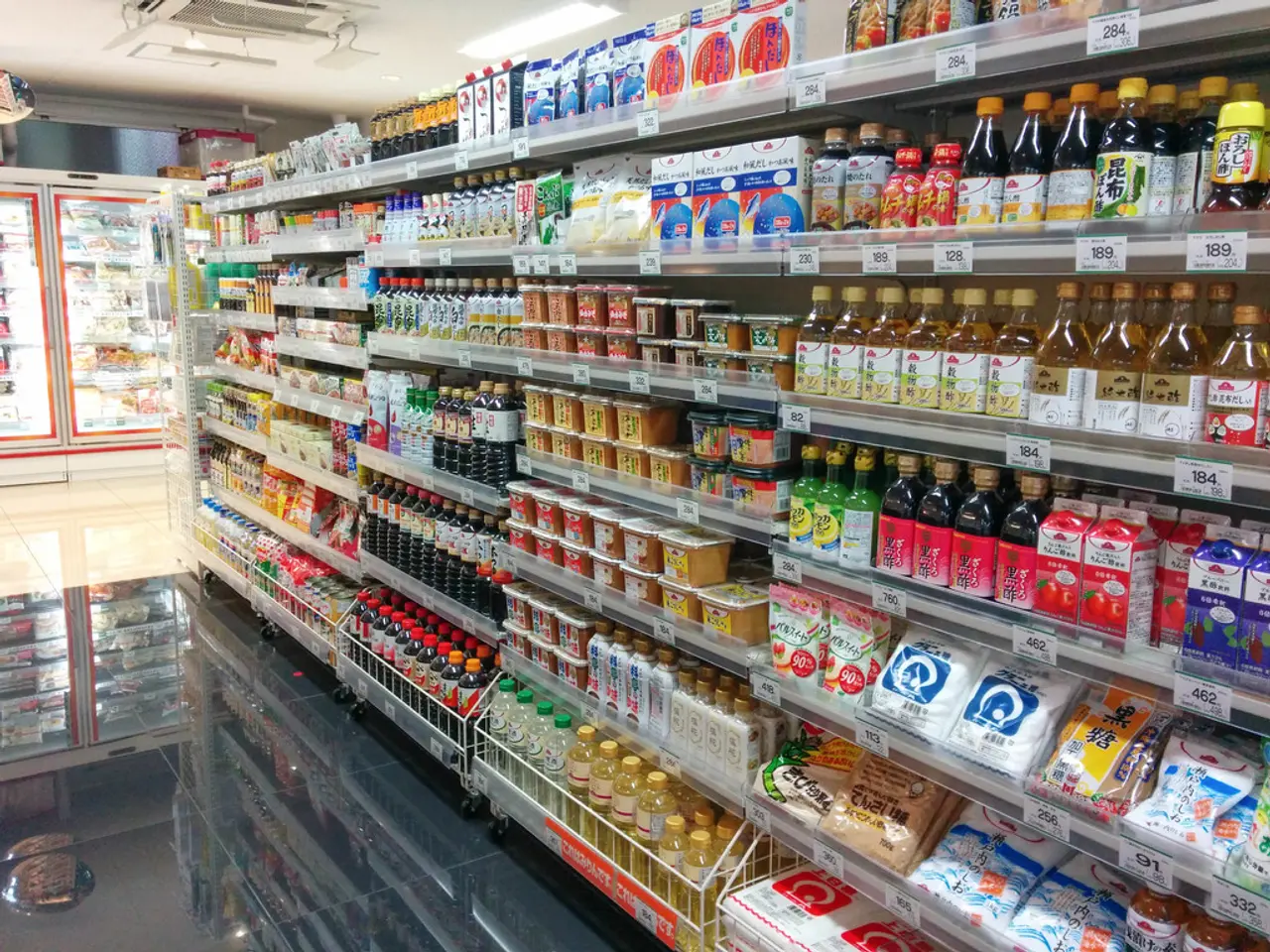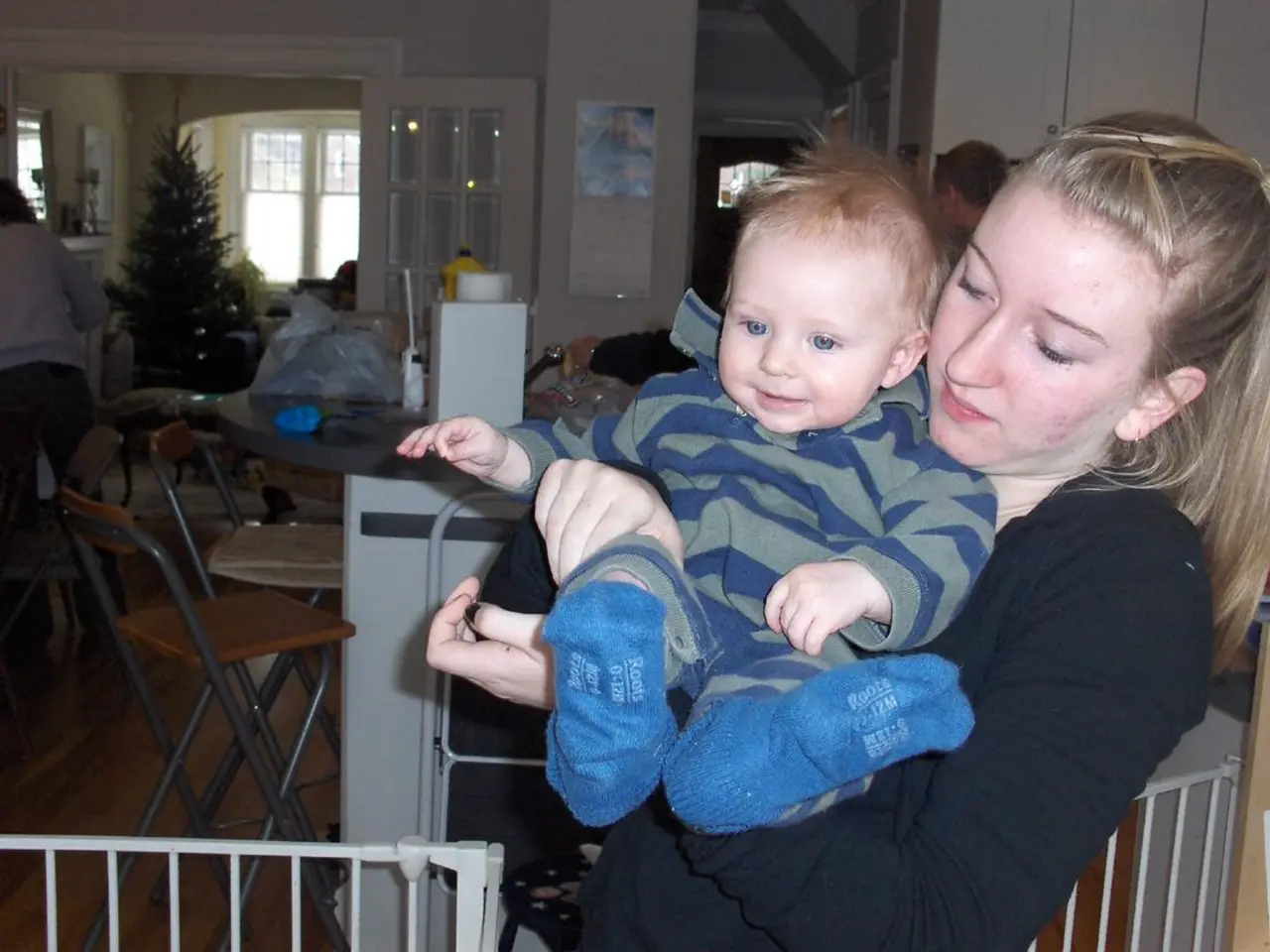Consumer confidence diminished in June, despite the reversal of Trump's tariffs.
Consumer confidence took a nosedive in June, contradicting the optimism brought about by the rollback of tariffs in the previous month. The Conference Board's data revealed this disheartening shift, leaving economists bewildered as they had predicted a rise in consumer confidence.
This latest dip in consumer confidence marks an extension of a trend that has persisted since early 2025, a trend that seemingly snapped in May due to a spurt of optimism. However, fresh data suggests that optimism might have been a fleeting moment, and shoppers still harbor concerns about the U.S. economy's trajectory.
The decline in consumer confidence was evident across various age groups, income levels, and political affiliations. Intriguingly, there was a substantial drop-off in confidence among Republicans.
Stephanie Guichard, senior economist for global indicators at the Conference Board, stated, "Consumer confidence weakened in June, erasing almost half of May's sharp gains."
The tariff rollbacks were supposed to alleviate costs imposed upon companies, and thereby reduce the risk of a sharp surge in inflation. However, imports still mostly face a 10% tariff, with a few exceptions like semiconductors, pharmaceuticals, and certain other items. These tariffs lingered in legal limbo due to recent federal court rulings.
Despite a trade agreement between the U.S. and China last month, which initially triggered a surge in the stock market and softened Wall Street's forecasts of a downturn, the ongoing complexity of tariffs and trade uncertainties continued to weigh heavily on the economic outlook.
These ongoing trade tensions, along with unresolved issues such as semiconductor supply guarantees and rare earth export controls, have led to a downgraded 2025 global economic growth forecast by the World Bank to 2.3%. This gloomy outlook likely contributed to the slump in consumer confidence.
In light of these developments, Federal Chair Jerome Powell has expressed concern about the potential for stagflation, a condition marked by inflation rising and the economy slowing down. The Fed finds itself in a delicate position, as raising interest rates may help curb inflation but could potentially trigger an economic downturn, while cutting rates to stimulate growth might escalate price increases.
Last week, the Federal Reserve maintained its benchmark interest rate, adhering to a cautious stance as it keeps watch on the potential impact of tariffs on the economy. At a press conference, Powell asserted that tariffs would likely amplify prices and weaken economic activity during 2025, but the extent of these effects would depend on the ultimate level of tariffs, which have continued to fluctuate.
[1] - Aljazeera.com. (2025). U.S.-China trade deal: Detailed breakdown of the 154-page agreement.[2] - Reuters.com. (2025). Global growth outlook sharply downgraded as trade tensions persist: World Bank.
- The decline in consumer confidence, as shown by the latest data, might be influenced by uncertainties in the international business environment, particularly the ongoing trade tensions between countries, such as the US and China, which seem to have a significant impact on the trajectory of the U.S. economy.
- The ongoing complexities in the global finance sector, including tariffs on various industries and unresolved trade issues, could contribute to the continued weakness in consumer confidence, as indicated by the drop-off in confidence even among groups like Republicans, as stated by Stephanie Guichard, senior economist for global indicators at the Conference Board.




